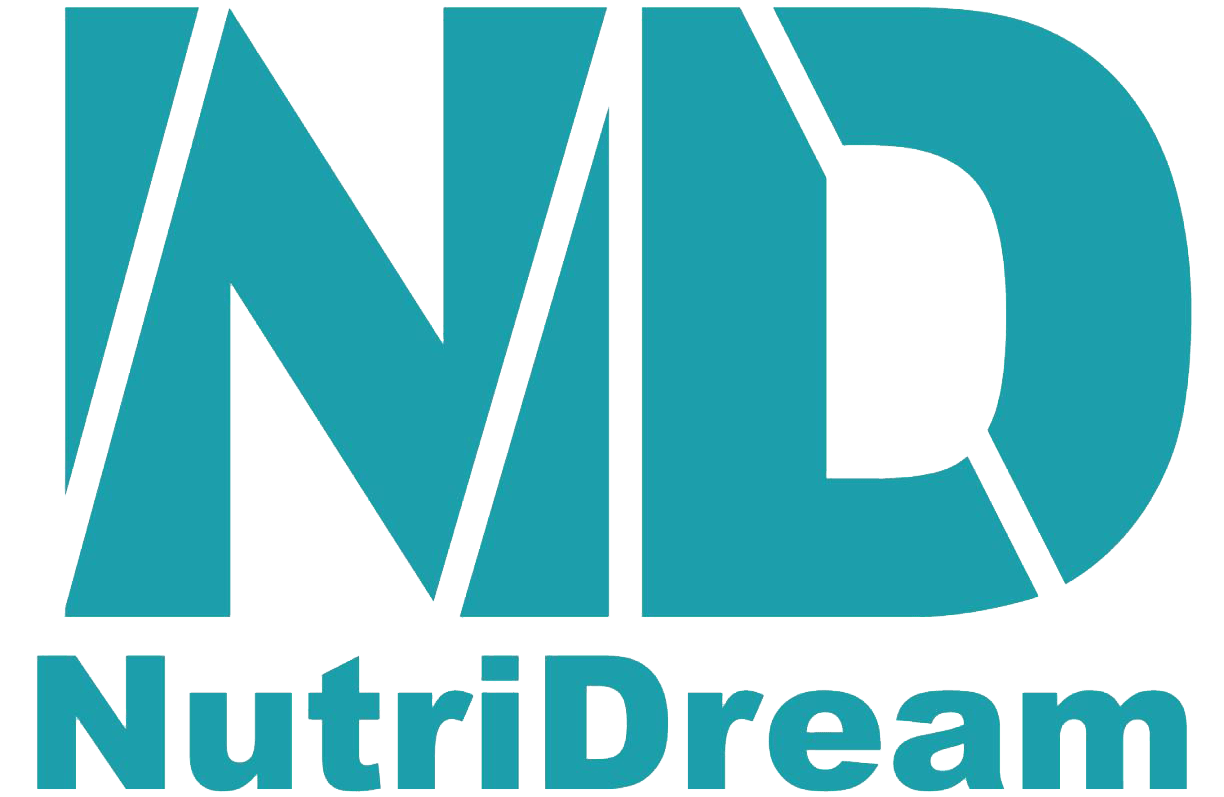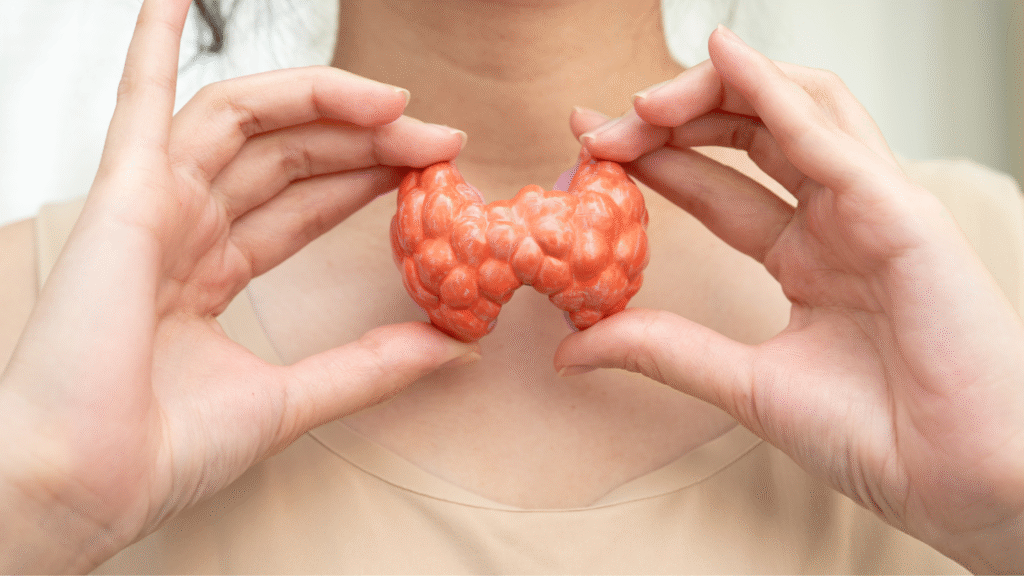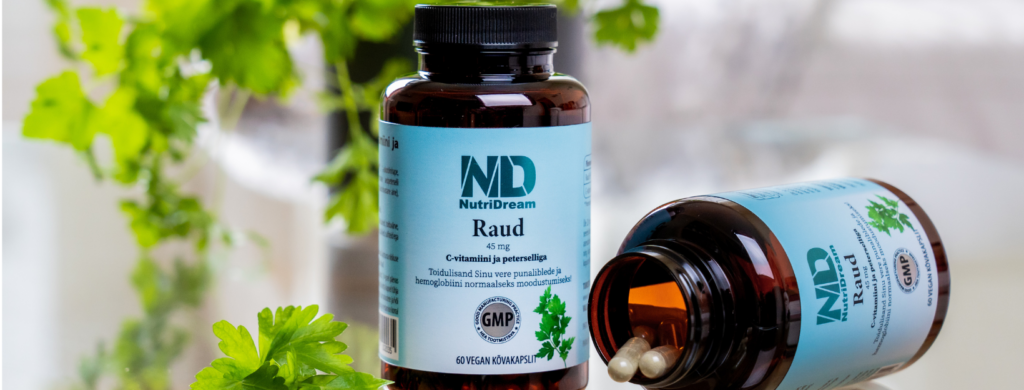Iron
Iron deficiency anemia: a problem affecting thousands of women
Iron deficiency anemia is one of the most common nutrient deficiencies worldwide, particularly affecting women. According to World Health Organization (WHO) anemia is estimated to affect half a billion women 15–49 years of age worldwide. In 2019, 30% (539 million) of non-pregnant women and 37% (32 million) of pregnant women aged 15–49 years were affected by anemia. (1) In this blog post, we will discuss the causes, symptoms, diagnosis, and treatment of iron deficiency anemia.
Iron deficiency anemia – a problem that affects many women
Iron deficiency anemia is the most common type of anemia that occurs when the body does not have enough iron. Iron is one of the most important minerals for our body. It is necessary for several important functions, including transporting oxygen, producing energy, and strengthening the immune system. Why does iron deficiency anemia affect women and how can it be prevented?
What is iron? Why is it important for our body?
Iron is a vital micromineral that participates in the function of biomolecules. Iron supports the normal formation of red blood cells and hemoglobin and the transport of oxygen in the body. Iron also helps reduce fatigue and exhaustion.















